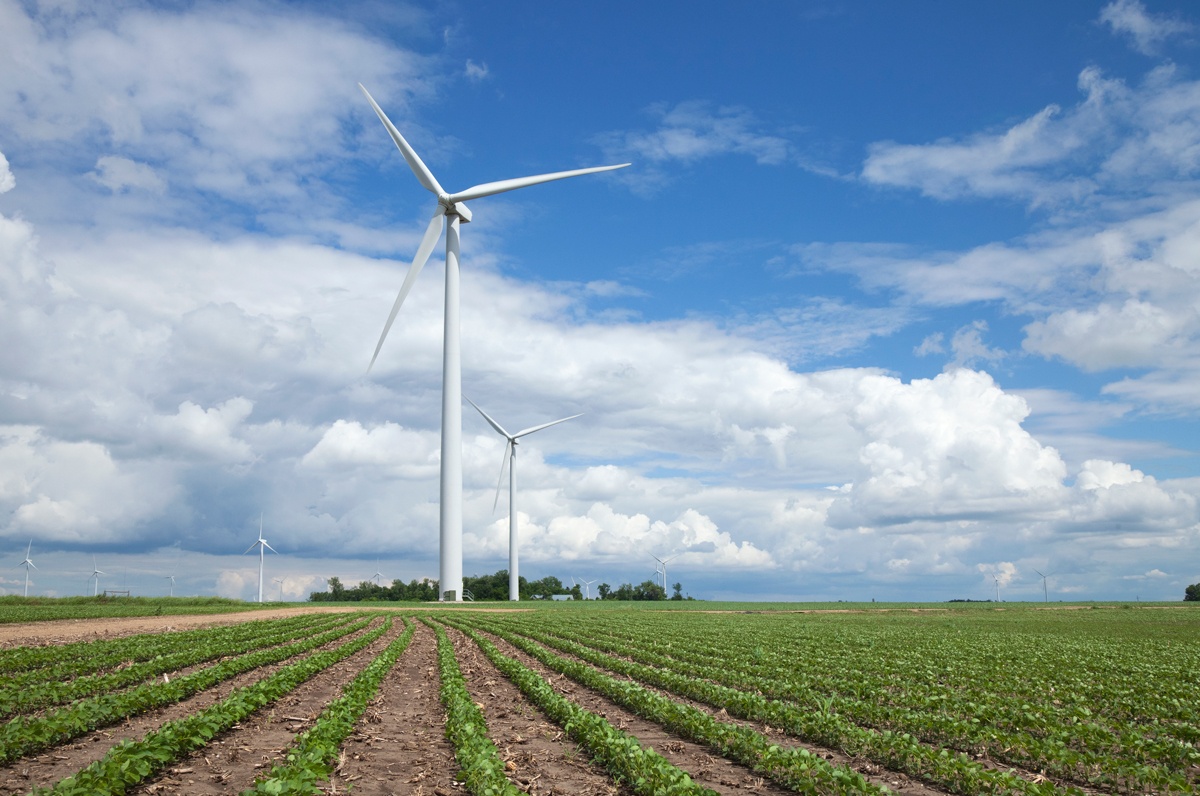The science on climate change is clear: we must electrify as much as we can while making sure the electricity running through our grid is clean and reliable. As Minnesota’s electrification speeds up, communities will see the economic and job benefits of our energy transition. Decisions made by utilities, the governor, the Public Utilities Commission (PUC), and the state Legislature are having a large collective impact.
Momentum Toward 100% Clean Energy
Minnesota’s Public Utilities Commission (PUC) and our electric utilities are taking tremendous strides to produce more and more of our electricity from renewable and carbon-free sources. Today, Minnesota is on track to get more than 75% of its electricity from carbon-free sources by 2030. This is a great accomplishment when considering that our Renewable Energy Standard (RES), passed in 2007, required us to reach just 25% renewable energy by 2025!
Clean energy production will continue to rise as the PUC—which oversees and regulates the decisions of energy companies—considers new plans from Minnesota Power, Otter Tail Power, and Great River Energy over the next 18 months. And Governor Walz is leading with a coalition of midwestern governors to modernize our electric grid—from Minnesota to Louisiana—to achieve over 80% clean electricity across the region by 2040. Examples include:
- Xcel Energy will achieve at least 86% carbon-free electricity by 2030 and more than double the amount of wind and solar in Minnesota in just four years.
- Great River Energy, which provides electricity to most of our rural electric cooperatives, will deliver 69% carbon-free energy by 2025.
- By the early 2030s, all Minnesota coal plants will be closed. As recently as 2011, burning coal provided over 50% of our electricity.
Powering More With Clean Electricity
As the electric grid is powered by an abundance of clean energy, we can electrify more. This helps us move away from fossil fuels and drive down carbon emissions in other sectors of our economy. Some Minnesota advancements include:
- The Energy Conservation & Optimization (ECO) Act of 2021, a nation-leading policy for utilities to provide incentives for customers to switch to efficient and low carbon electricity to power their vehicles, home heating systems, and appliances.
- The Natural Gas Innovation Act creates a first-in-the-nation planning process for utilities to decarbonize the natural gas sector through greater energy efficiency, switching to clean electricity, and producing renewable natural gas.
- Clean Cars Minnesota, enacted by the Walz administration, made Minnesota the 14th state and first in the Midwest to reduce pollution and expand the number of available electric vehicles.
- Establishment of electric vehicle programs and charging infrastructure by all of Minnesota’s regulated utilities, ordered by the PUC.
Innovation & Economic Growth
The changing energy economy continues to support more family-sustaining jobs across the state of Minnesota. Today the clean energy industry employs over 55,300 people, and nearly 40% of those jobs are in Greater Minnesota. As the electrification revolution continues, Minnesotans will see more economic growth and job opportunities emerge.
For instance, we can create even more jobs by leading on carbon reductions in transportation and farming with a new Clean Fuels policy. Additionally, state researchers are already developing clean fertilizers produced using renewable energy instead of fossil fuels to reduce emissions. Minnesota farmers currently spend $1 billion a year on fertilizers produced out of state, making this a potentially large new product market.

